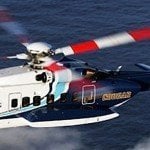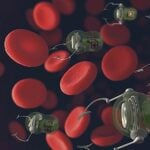On June 25, four brave — and highly qualified — volunteers entered an isolation Mars simlation by NASA known as CHAPEA, to test the various arduous factors that face future pioneers on Mars.
Video of the volunteers entering the project:
On the NASA website [4], the project was updated: “The inaugural CHAPEA, or Crew Health and Performance Exploration Analog, mission began Sunday, June 25, when the four-person volunteer crew entered its new home at NASA’s Johnson Space Center in Houston to begin a 378-day Mars surface simulation.
This is the first of three planned missions. NASA will use research gained from CHAPEA to determine how to best support crew health and performance while living on Mars during a long-duration exploration mission.”
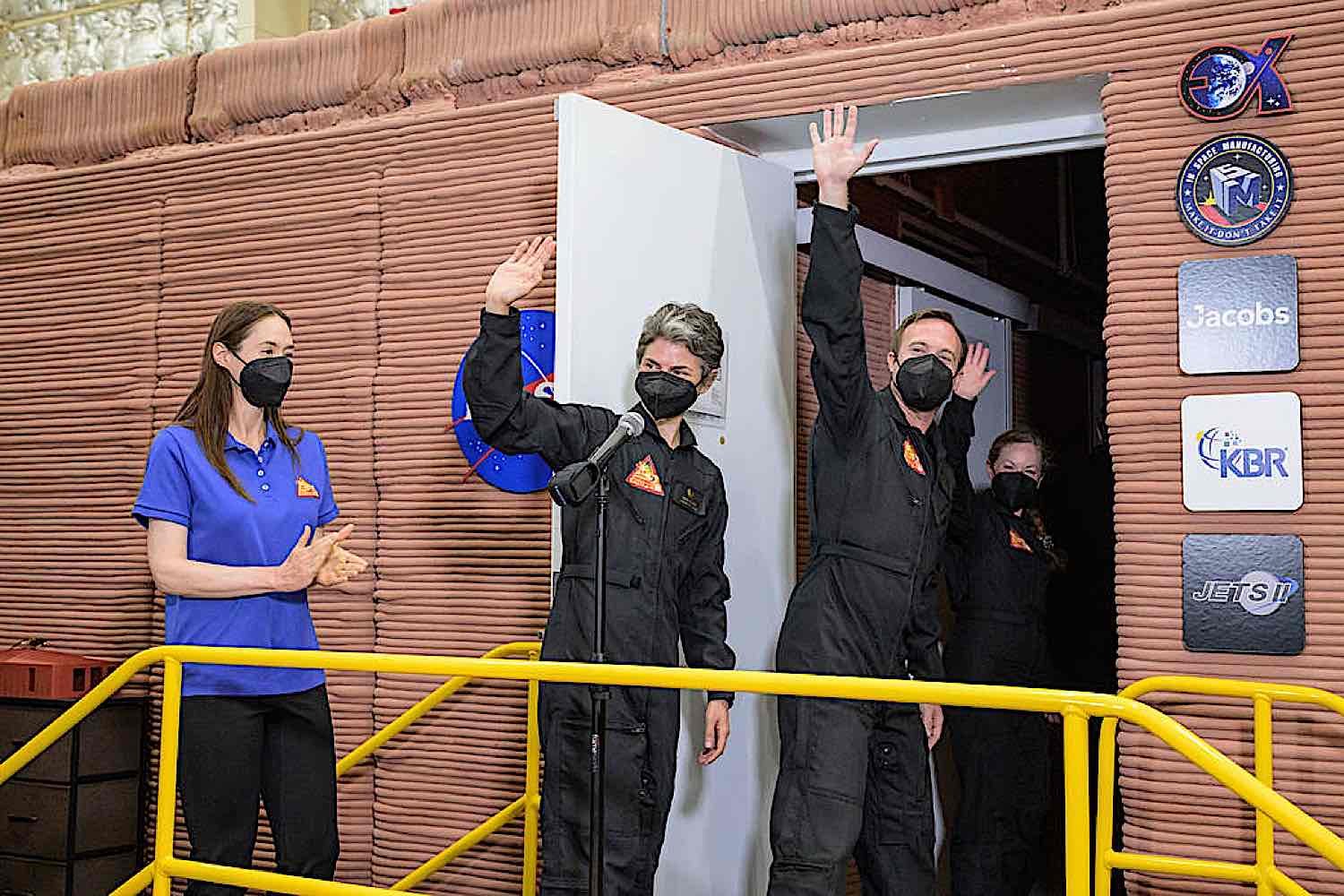
Mission 1: June 25 2023 for 378 days
Crew Members
Kelly Haston
Ross Brockwell
Nathan Jones
Anca Selariu
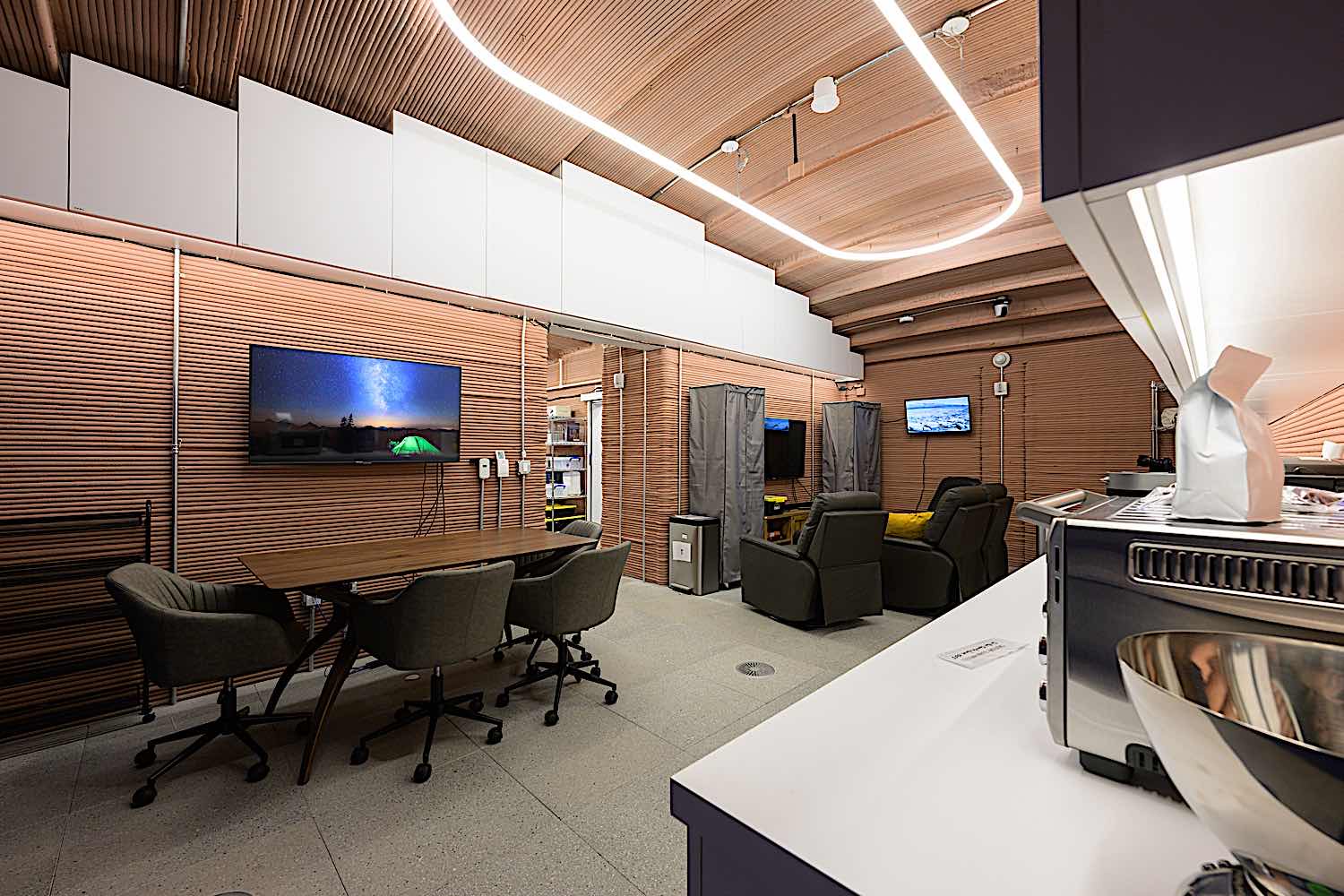
LOCATION: Bldg. 220 – CHAPEA
SUBJECT: Photography of Crew Health and Performance Exploration Analog (CHAPEA) facility
PHOTOGRAPHER: BILL STAFFORD
Mission Overview
NASA [5]: “Mission 1 will be the first of three one-year simulated Mars missions. The overarching goal of the mission is to assess human health and performance in relation to Mars relevant resource limitations in isolation and confinement. To collect sufficient data, the crew members will live and work in a simulated Mars habitat at NASA’s Johnson Space Center in Houston, Texas, complete with communication delays and environmental stressors. The crew will also participate in various activities, including crop growth, simulated spacewalks, habitat maintenance, and science experiments.
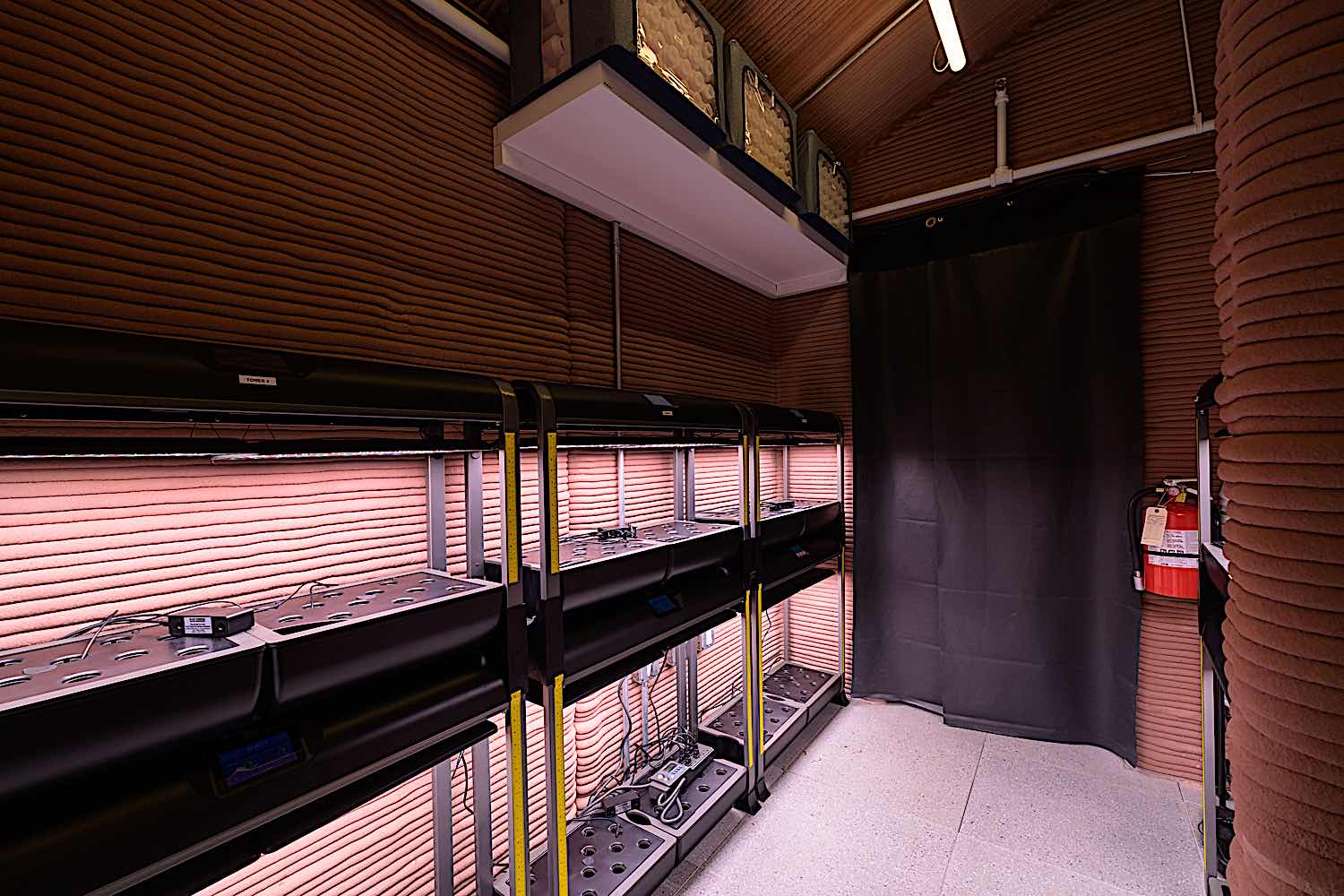
During the CHAPEA simulations, crew members will carry out different types of mission activities, including simulated spacewalks, robotic operations, habitat maintenance, personal hygiene, exercise, and crop growth. To be as Mars-realistic as feasible, the crew also will face environmental stressors such as resource limitations, isolation, and equipment failure.
As human beings, we have always been drawn to the unknown. The mysteries of space and the unexplored frontiers of our neighboring planets have fueled our curiosity and pioneering spirit. Embarking on a quest to quench this thirst for exploration, NASA has once again raised the bar for human ambition and innovation by initiating a year-long Mars isolation project. This bold venture known as the Crew Health and Performance Exploration Analog[1] (CHAPEA), seeks to break new ground in our understanding of long-term space missions.”
CHAPEA represents an amalgamation of human ingenuity, technological prowess, and a daring vision of the future. This landmark experiment is meticulously designed to uncover the multifaceted logistical, physiological, and psychological challenges associated with enduring a mission on another planet. This audacious initiative marks an exciting leap towards realizing the dream of human colonization of Mars, bringing the prospect of interplanetary habitation a step closer to reality.
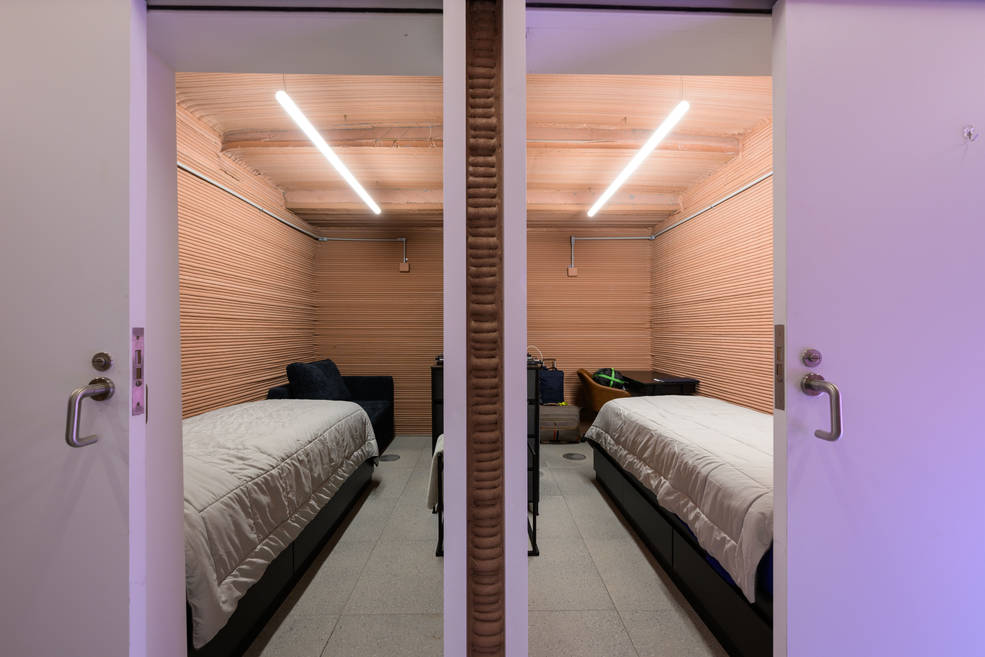
LOCATION: Bldg. 220 – CHAPEA
SUBJECT: Photography of Crew Health and Performance Exploration Analog (CHAPEA) facility
PHOTOGRAPHER: BILL STAFFORD
The idea of human life beyond our own planet has fascinated and intrigued us for centuries. Stories of extraterrestrial life and the prospect of space travel have pervaded our books, movies, and more recently, our scientific pursuits. CHAPEA is not merely another one of these pursuits; it’s a significant stride in turning these age-old fantasies into a reality.
To comprehensively understand the depth and breadth of the CHAPEA mission, it’s crucial to delve into its intricate details, unique challenges, and the invaluable insights it promises to provide. These include the selection and composition of the crew, the design and structure of the habitat, the daunting challenges of communication and isolation, the physiological and psychological impacts on the crew, and ultimately, the profound implications for future space exploration.
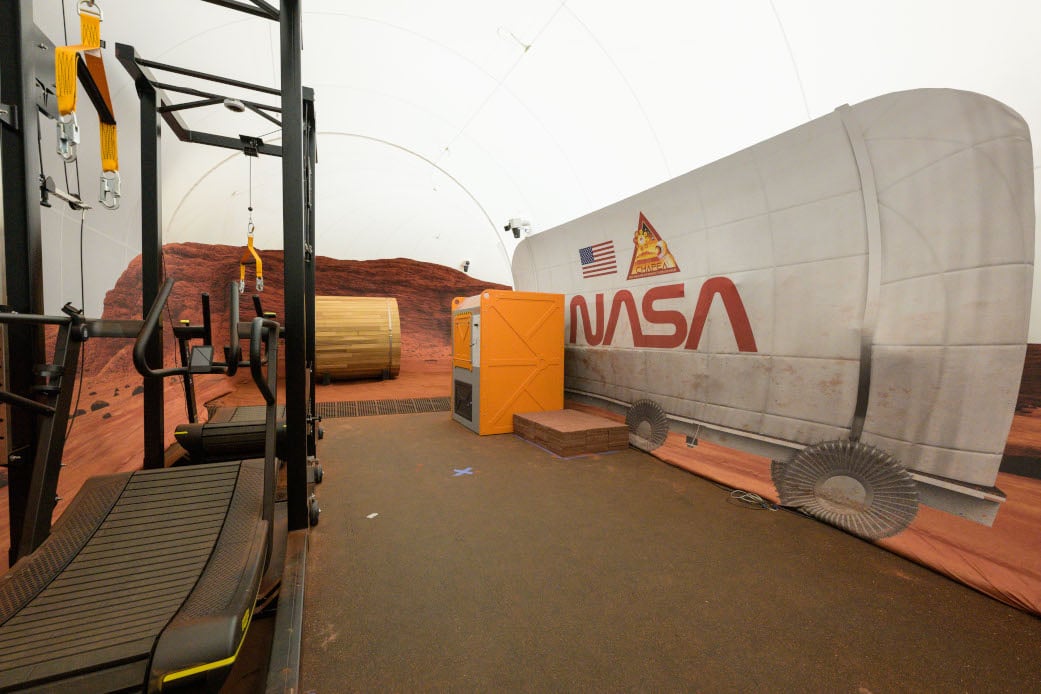
LOCATION: Bldg. 220 – CHAPEA
SUBJECT: Photography of Crew Health and Performance Exploration Analog (CHAPEA) facility
PHOTOGRAPHER: BILL STAFFORD
The CHAPEA Crew
This daring and intricate experiment was launched on June 25, 2023, at NASA’s Johnson Space Center in Houston, Texas. The four-member crew selected for this mission is an assemblage of esteemed individuals, each carrying a unique set of expertise. Kelly Haston, a seasoned biologist, Ross Brockwell, an experienced structural engineer, Nathan Jones, a proficient physician, and Anca Selariu, a skillful Navy microbiologist, will take the helm of this historic mission.
NASA’s selection process for the CHAPEA crew was as stringent as the one used for astronaut candidates. Each member had to fulfill rigorous criteria, including acquiring master’s degrees and professional experience in the STEM field or demonstrating extensive experience piloting an aircraft. This team, equipped with a blend of academic knowledge and practical experience, is primed to tackle the challenges of this audacious mission.
Mars Dune Alpha: A Glimpse of Future Martian Habitation
The Mars Dune Alpha, where the crew will reside, is a meticulously crafted, 1700 square-foot habitat, complete with airlocks, hatches, a medical station, private crew quarters, two bathrooms, and dedicated areas for recreation, fitness, and work[2]. The distinctive attribute of this structure is its fabrication method. This abode was completely 3D-printed, a pioneering approach that aims to test in-situ resource utilization technologies.
The utilization of 3D-printing technology has critical implications for future Mars missions. As transporting all required materials from Earth to Mars is cost-prohibitive, the ability to use local resources and manufacture structures and tools on Mars is a game-changing prospect. By incorporating this technology into the experiment, NASA is not only simulating a Mars mission but also testing viable solutions for long-term Martian habitation.
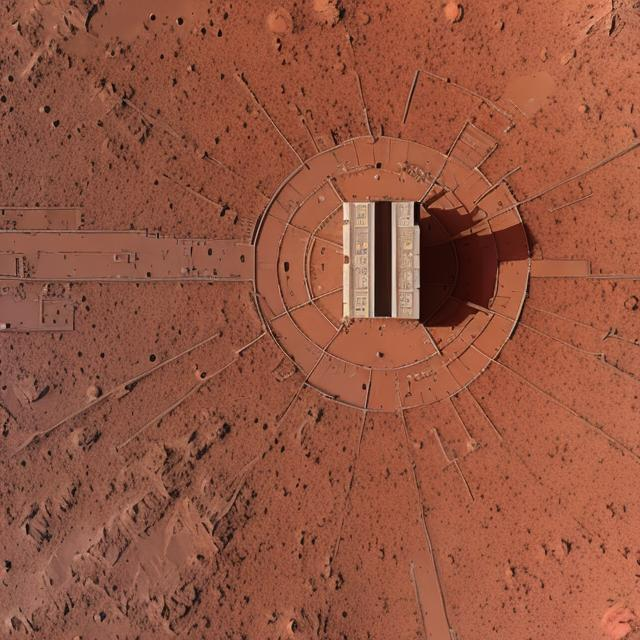
Replicating Martian Communication: The Ultimate Test of Patience and Adaptability
One of the fundamental challenges that astronauts on Mars will face is the communication delay with Earth due to the considerable distance between the two planets. CHAPEA, aiming for authenticity, replicates this delay. Consequently, messages from the crew to the control center on Earth and vice versa will have a delay of up to 22 minutes each way, leading to a round-trip communication delay of about 44 minutes.
This delay will test the crew’s ability to adapt to the unique challenges of prolonged isolation and decreased direct communication, fostering a sense of independence. It will also test NASA’s procedures and protocols in effectively managing these communication constraints. The lessons learned will inform the development of robust communication systems and strategies, essential for the success of actual Mars missions.
Stepping Outside: The Extra Vehicular Activities (EVAs)
In another quest for realism, CHAPEA incorporates Extra Vehicular Activities (EVAs). Equipped with spacesuits, the crew will occasionally venture into an adjacent enclosure filled with red sand, simulating the Martian landscape. These mock spacewalks will give the crew a taste of what to expect when conducting EVAs on Mars.
These exercises will provide critical data regarding the physical demands of EVAs and the effectiveness of current spacesuit designs. Moreover, these mock missions will inform how astronauts will interact with the Martian landscape, allowing scientists to fine-tune the protocols and tools required for conducting research and exploration activities on Mars.
The Human Element: Psychological and Behavioral Challenges
A vital aspect of the CHAPEA experiment is the focus on the human psychological and behavioral response to long-term isolation and harsh conditions[3]. Extended space missions are not just a test of technical and scientific prowess; they are an exploration of human endurance, resilience, and adaptability.
The CHAPEA crew will follow a strict schedule of activities similar to a real mission, subsist on a diet of freeze-dried foods, and deal with resource limitations and equipment failures. These challenging conditions will bring to the fore any potential psychological and behavioral issues that could arise during extended space missions.
This study will yield invaluable insights into the selection, training, and support of astronauts for future Mars missions. It will also inform the design of habitats and the development of protocols to ensure the mental well-being of the crew, a crucial aspect of long-term space missions.
Charting the Future of Space Exploration
CHAPEA is not a stand-alone experiment. It marks the beginning of a series of simulations planned by NASA through 2026. Each simulation aims to progressively unravel the intricate web of challenges involved in long-duration human spaceflight. The knowledge garnered from CHAPEA and subsequent missions will pave the way for safe and successful human expeditions to Mars.
As we eagerly watch the CHAPEA1 crew continue their historic simulation, their courage, dedication, and resilience inspire us. They serve as a reminder that the dream of human life on Mars is not a distant fantasy, but a tangible goal within our reach.
Their journey, culminating in July 2024, will bring us one step closer to becoming an interplanetary species. Their experiences and discoveries will echo in the annals of space exploration, propelling humanity further into the final frontier.
As Julie Kramer-White, Director of Engineering at NASA, expressed, “These long duration mission simulations really bring Mars closer to us. They help us realize Mars is within our reach as we try to address the issues and challenges that will face us in these long missions.”
As we inch closer to our dream of Mars colonization, we salute the brave individuals making it possible, and look forward to the day when the first human footprints are imprinted on Martian soil.
Planned Missions
1) Analog mission 1 – Began June 25, 2023
2) Analog mission 2 – Starting 2025
3) Analog mission 3 – Starting 2026
Key Takeaways from CHAPEA
As we draw to the close of our deep dive into NASA’s CHAPEA mission, several key takeaways emerge. This ambitious experiment underscores the importance of human adaptability and resilience in the face of the unknown. It highlights the ingenious use of technology, from the 3D-printed habitat to the simulation of communication delays, all of which serve to make the CHAPEA mission a reliable analog of a Mars mission.
The selection of a skilled, multi-disciplinary crew illustrates the emphasis on collective expertise and teamwork in tackling the diverse challenges of a Mars mission. It also stresses the significance of comprehensive astronaut training, including physical fitness, mental resilience, and technical prowess.
Additionally, the focus on the psychological and behavioral responses of the crew to prolonged isolation and harsh conditions affirms the importance of mental well-being in space exploration. The knowledge gleaned from this aspect of the experiment will be instrumental in shaping the selection, training, and support systems for astronauts in future missions.
Finally, the CHAPEA mission serves as a testament to our collective ambition to venture beyond the confines of our planet. It represents the concerted efforts of scientists, engineers, and astronauts, all working in unison towards the shared dream of Mars colonization.
In the grand scheme of space exploration, CHAPEA is an instrumental step forward, paving the way for a future where humans can become an interplanetary species. As we bear witness to this momentous journey, we are reminded of the incredible capacity of human endeavor and the boundless potential that awaits us in the cosmos.
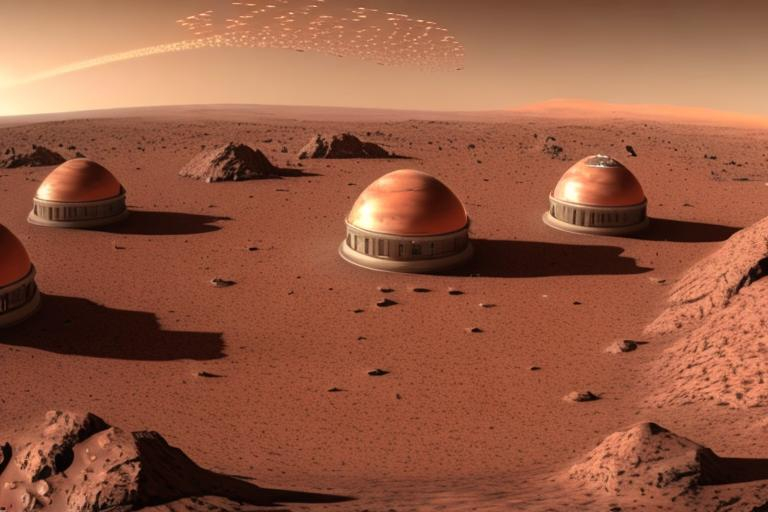
References and Sources
1 – Science Alert>>

